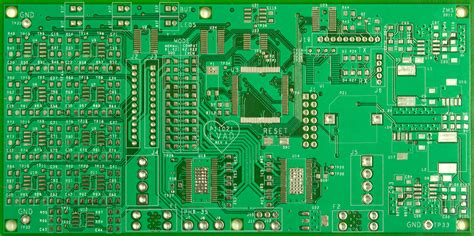
Blog
-
7 Working Layers in Printed Circuit Board
Posted by
–
 Read more: 7 Working Layers in Printed Circuit Board
Read more: 7 Working Layers in Printed Circuit BoardIntroduction to PCB Layers Printed Circuit Boards (PCBs) are the backbone of modern electronics. They provide a platform for mounting and interconnecting electronic components, enabling the creation of complex circuits in a compact and efficient manner. PCBs consist of multiple layers, each serving a specific purpose in the overall functionality […]
-
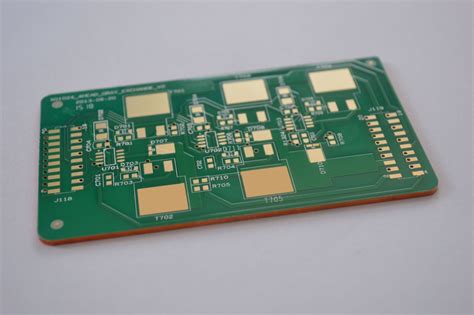 Read more: Aluminum PCB Boards: A complete guide to understand its properties and applications!
Read more: Aluminum PCB Boards: A complete guide to understand its properties and applications!Introduction to Aluminum PCB Boards Aluminum PCB (Printed Circuit Board) is a type of PCB that uses aluminum as the base material instead of the traditional FR-4 (Flame Retardant-4) or other materials. Aluminum PCBs have gained popularity in recent years due to their unique properties and advantages over traditional PCBs. […]
-
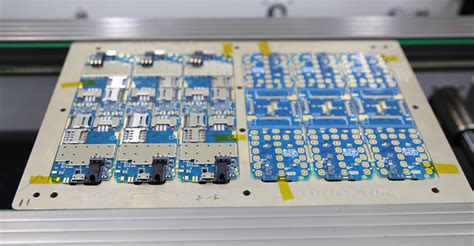 Read more: LED printed circuit boards: Everything you need to know!
Read more: LED printed circuit boards: Everything you need to know!What are LED PCBs? LED PCBs are printed circuit boards that are engineered to provide power and control signals to light-emitting diodes (LEDs). They feature conductive tracks, pads, and other features etched from copper sheets laminated onto a non-conductive substrate. The LEDs are mounted directly onto the PCB and soldered […]
-
Where Can You Purchase Cheap PCB of Low Volume?
Posted by
–
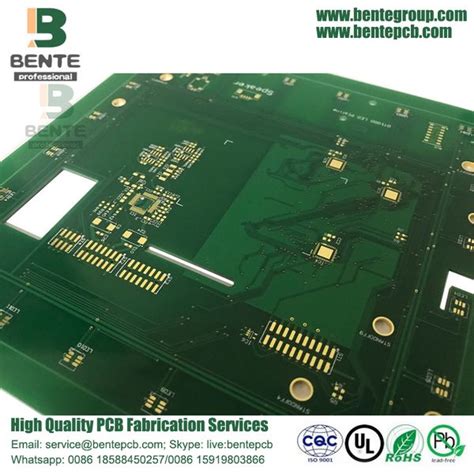 Read more: Where Can You Purchase Cheap PCB of Low Volume?
Read more: Where Can You Purchase Cheap PCB of Low Volume?Introduction to Cheap PCB and Low Volume Manufacturing In the world of electronics, Printed Circuit Boards (PCBs) play a crucial role in connecting and supporting various components. Whether you’re a hobbyist working on a personal project or a small business looking to prototype a new product, finding a reliable and […]
-
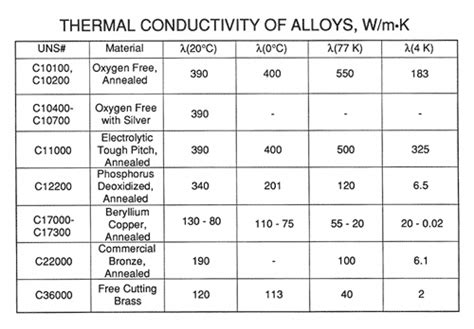 Read more: What are the factors of PCB Aluminum thermal conductivity?
Read more: What are the factors of PCB Aluminum thermal conductivity?Understanding Thermal Conductivity Thermal conductivity is a material property that quantifies the ability of a substance to conduct heat. It is measured in watts per meter-kelvin (W/mK) and represents the rate at which heat is transferred through a material when a temperature gradient is present. Materials with high thermal conductivity […]
-
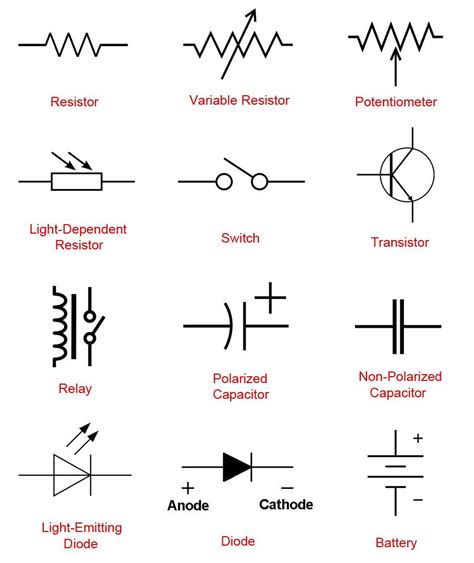 Read more: 15 Basic Components of The Electronic Circuit Board Used
Read more: 15 Basic Components of The Electronic Circuit Board UsedIntroduction to Circuit Components Electronic circuit boards are the foundation of modern electronics, enabling the functionality and performance of devices we use every day. These boards consist of various components that work together to process, store, and transmit electrical signals. Understanding the basic components of an electronic circuit board is […]
-
PCB Layers: The Ultimate FAQ Guide
Posted by
–
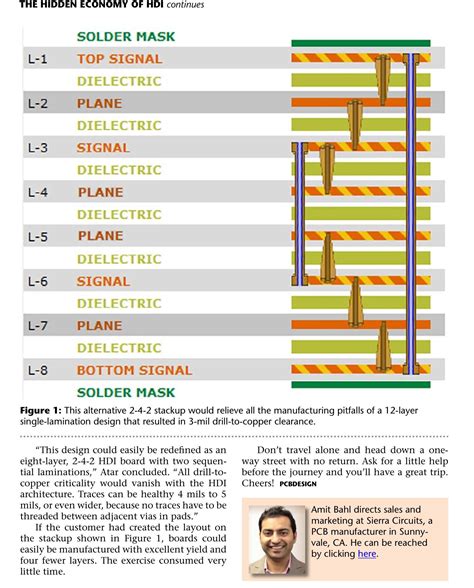 Read more: PCB Layers: The Ultimate FAQ Guide
Read more: PCB Layers: The Ultimate FAQ GuideWhat are PCB Layers? PCB layers are the individual conductive planes that make up a printed circuit board. Each layer is typically made of copper and is separated by an insulating material, such as FR-4. The layers are stacked and laminated together to form the complete PCB. Types of PCB […]
-
How much do you know about PCB Vias?
Posted by
–
 Read more: How much do you know about PCB Vias?
Read more: How much do you know about PCB Vias?Introduction to PCB Vias Printed Circuit Boards (PCBs) are essential components in modern electronics. They provide a platform for mounting and interconnecting electronic components, enabling the creation of complex circuits. One crucial aspect of PCB design is the use of vias, which are small conductive holes that allow electrical connections […]
-
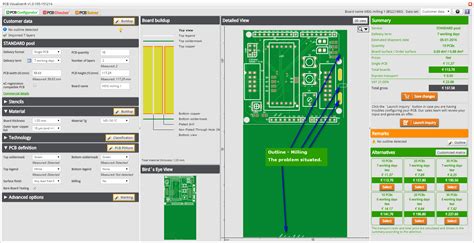 Read more: Tips & Tricks – Drill & Slot editor – a free new PCB Visualizer tool.
Read more: Tips & Tricks – Drill & Slot editor – a free new PCB Visualizer tool.Introduction to PCB Visualizer In the world of electronic design, PCB (Printed Circuit Board) visualization is a crucial aspect that helps designers and engineers to create high-quality and error-free circuit boards. A PCB Visualizer is a powerful tool that enables users to view, analyze, and modify PCB designs in a […]
-
 Read more: High-Density Interconnect (HDI) Printed Circuit Boards.
Read more: High-Density Interconnect (HDI) Printed Circuit Boards.What are HDI PCBs? HDI PCBs are a type of printed circuit board that features a higher wiring density per unit area compared to traditional PCBs. This is achieved through the use of smaller vias, finer traces, and advanced manufacturing techniques. HDI PCBs allow for the integration of more components […]




